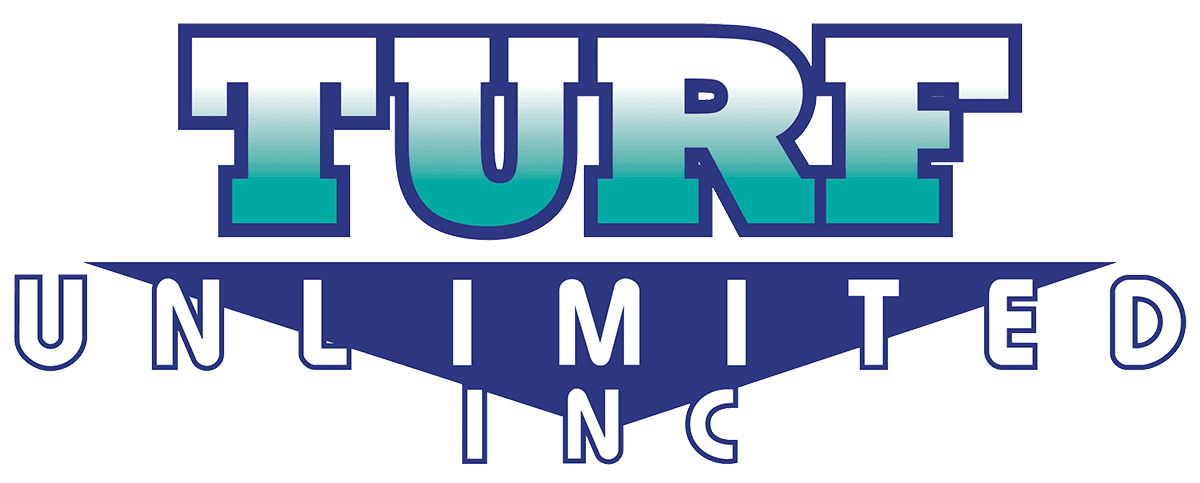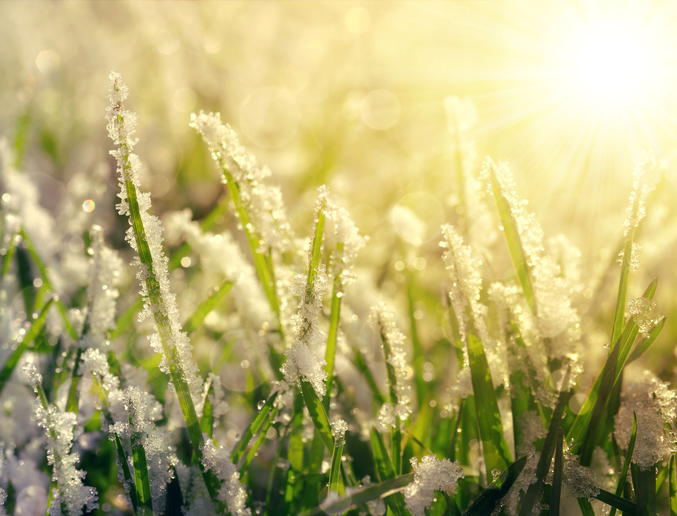As soon as the nighttime temperatures dip into the low 30s, the growing season for perennial turfs end, and annual grass will start to die. No matter the type of lawn you have, every lawn should be maintained after the first few frosts of the season.
Negative Effects of Frost
During this time of the year when frost begins to form, grass will begin to transpire. Transpiration is the process of a plant transferring water from the roots to the pores of the leaves. When moisture covers the blades of grass, they can freeze as temperatures dipu. This will cause the grass blades to dehydrate, making them weak and breakable. So when your lawn does develop frost overnight, stay off of the lawn until the grass has warmed up.
Annual Grass
After the first frost, lawns containing annual grass should be reseeded. This type of grass only lasts a year’s time and will need to be reseeded and maintained in order for it to come back again for the following year. Not many lawns utilize annual grass, as they are mostly used to fill the space until perennial grass is established on the lawn.
Perennial Grass
After the first frost, lawns containing perennial grass should be hydrated. On average, perennial grass needs one inch of water per week (rainfall included). Be sure to water the lawn up until the temperatures steadily dip into the 30s. However, you don’t want to over-water the lawn to the point of creating puddles, as this will block airflow and sunlight.
Lawn care isn’t just for the spring and summer, this is a job that requires maintenance all year long if you want to have a healthy lawn each and every year.
Turf Unlimited is a full service lawn care provider, offering a wide variety of lawn care, fertilization, and pest and weed control services to the Massachusetts or New Hampshire area. For more information about our services call 888-649-9919 and schedule your free, in-home estimate today.









